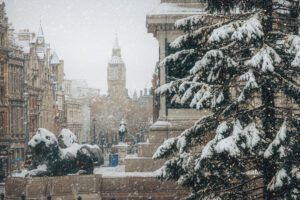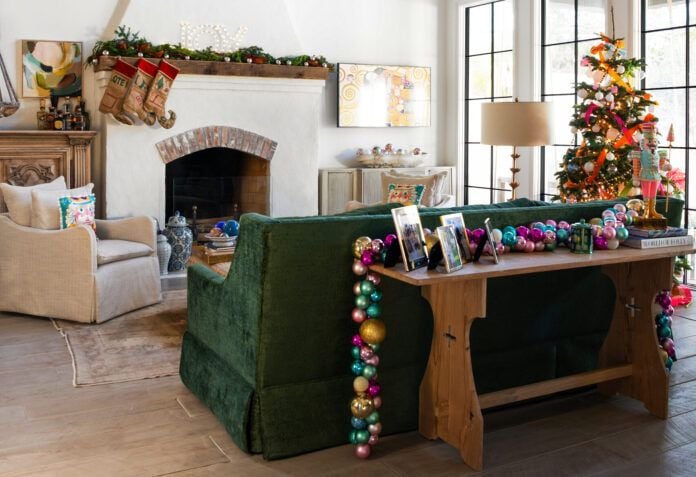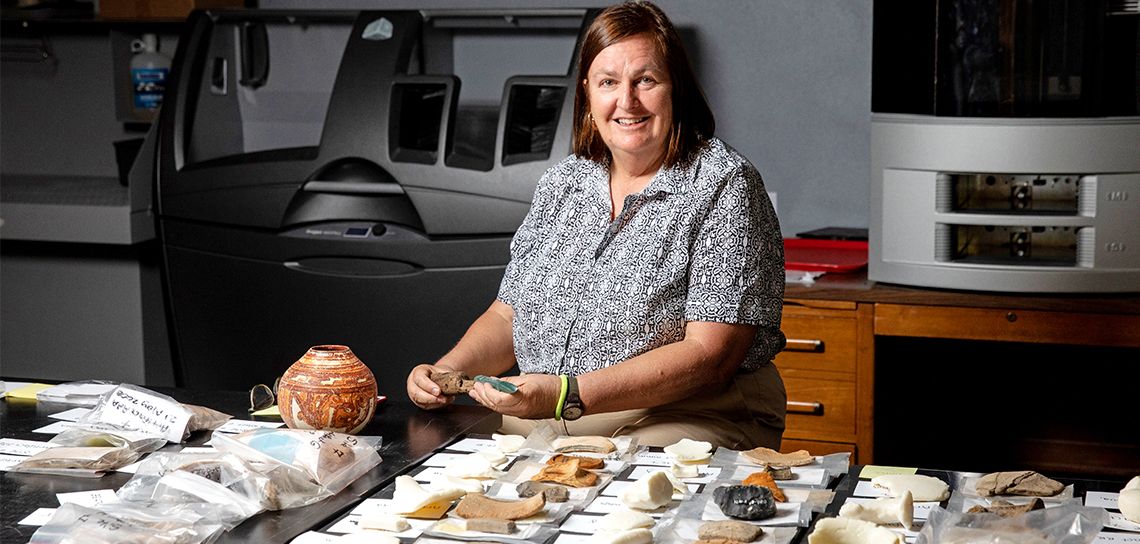
LSU anthropologist Heather McKillop dives into new Maya discoveries
Chichén Itzá. Tikal. Tulum. These are the ancient cities whose indestructible limestone ruins dominate the landscape of ancient Maya archeology, both literally and figuratively. Stories of their noble rulers and mysterious rituals abound in the cultural imagination, but most evidence of the ordinary dwellings populating these pre-Columbian strongholds—the thatched houses and wooden workshops of the common people, the artisans, the farmers—has been lost to time. Until now.
This May, Heather McKillop, an expert in ancient Maya anthropology and the Thomas and Lillian Landrum Alumni Professor in the Department of Geography and Anthropology at LSU, returned from an unusual excavation in Belize with some remarkably rare evidence of this long-lost segment of history. Just below the surface of the lagoons of Ek Way Nal, preserved in the dense peat of its mangrove forest, McKillop and her team discovered more than 150 wood posts and several artifacts belonging to an ancient Maya “salt kitchen,” a community tasked with boiling brine and extracting salt—a major commodity at the time—to send north to landlocked cities. Expanding on her previous discoveries related to long-distance and coastal trade routes as detailed in her most recent book, Maya Salt Works, McKillop’s team also discovered a rare Maya tool made of rosewood and jadeite, a blue-green beauty that attracted the attention of multiple news outlets.

“Now we can begin to study a whole new dimension of ancient Maya life,” says McKillop, who excavated the underwater site on motorized dugout canoes and snorkeling excursions. “These are hints of the structures—the sizes, the shapes—where most of the Maya would have lived more than 1,000 years ago. These are tools they would have used.”
Her discoveries also go beyond the physical objects recovered from the lagoon. The high organic content of the mangrove peat at the site may be ideal for preserving wood, but it also functions as an index of historical sea levels.
“It will be interesting see how these ancient coastal communities may have adapted—or not adapted—to rising seas,” she says. “This certainly has implications for New Orleans, Belize City, and other low-lying coast lines around the world.”
Since most of the Ek Way Nal artifacts are waterlogged, each one must be handled with extreme care, stored in wet environments that eliminate contact with decay-encouraging oxygen. Even seeking expert analysis on the jadeite tool required methods suited to the golden days of adventure; jade expert George Harlow at the American Museum of Natural History in New York received the artifact when McKillop hand-carried it to him. No mailing allowed.
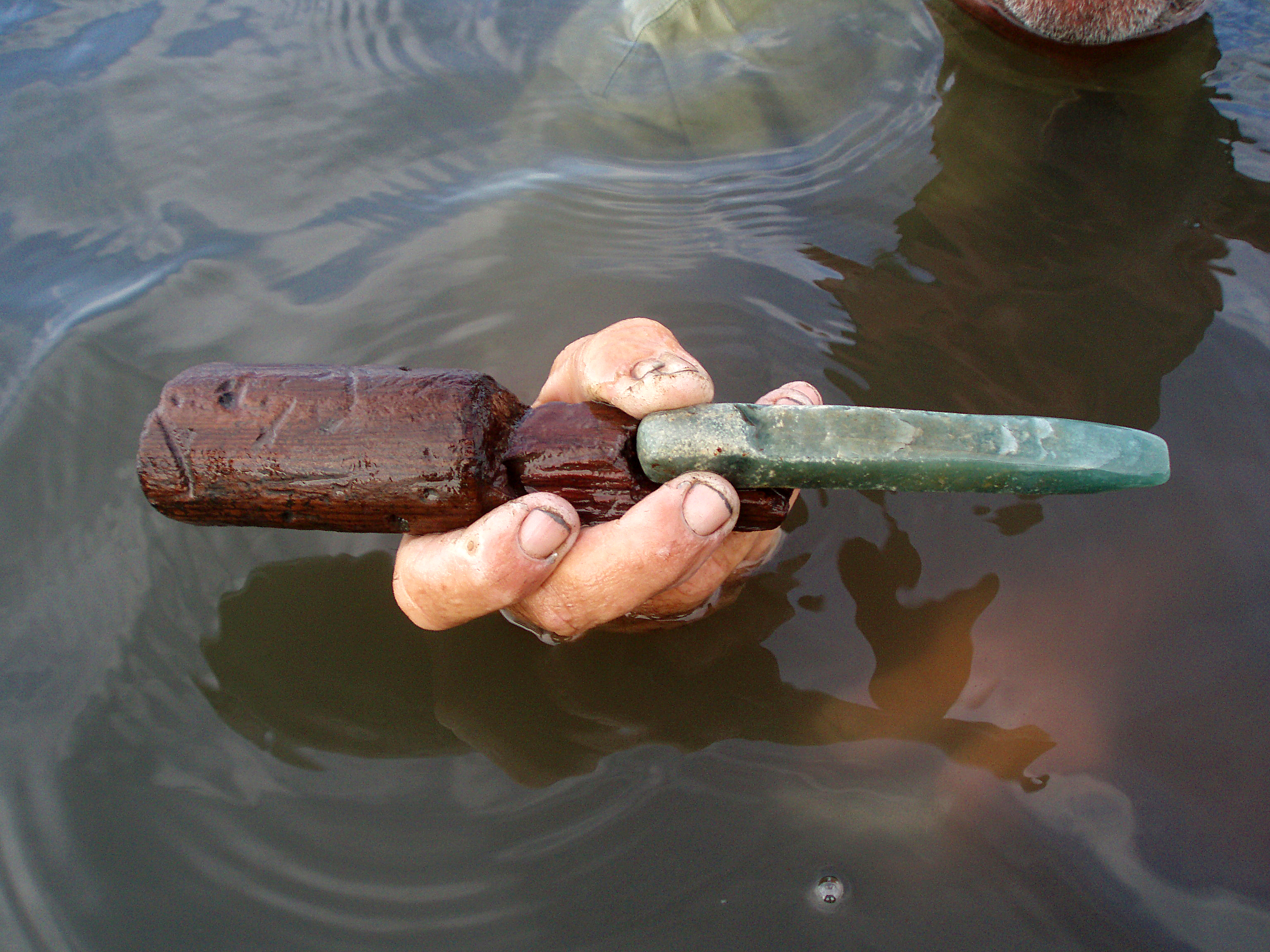
But McKillop doesn’t live in the past. She also holds a position as lab director of Digital Imaging and Visualization in Archaeology, or DIVA, a 3D imaging lab at LSU that allows her and her students to create detailed digital files of artifacts that can be studied or 3D-printed in labs anywhere in the world.
“Scanning waterlogged artifacts can be tricky,” says McKillop. “We usually store them in water-filled containers, and sometimes we wrap them in cling wrap to keep them wet. This way we can scan them quickly and put them back when we need to, usually in deep silt underwater in Belize, for preservation.”
Although currently waist deep in planning for continued discovery, mapping, excavation and sediment analysis, as an anthropology undergraduate at Trent University in Canada, McKillop had once entertained the idea of working as a wilderness canoe guide. But after jumping on a chance opportunity to excavate with faculty members in Peru, followed by a five-month gig at the National Museum of Costa Rica, she knew that she had found her niche, later completing her master’s research in Belize and her Ph.D. at the University of California, Santa Barbara.
“I’m still not quite used to walls and traffic,” says McKillop with a laugh. “You’re truly in the middle of nowhere on these excavations.”
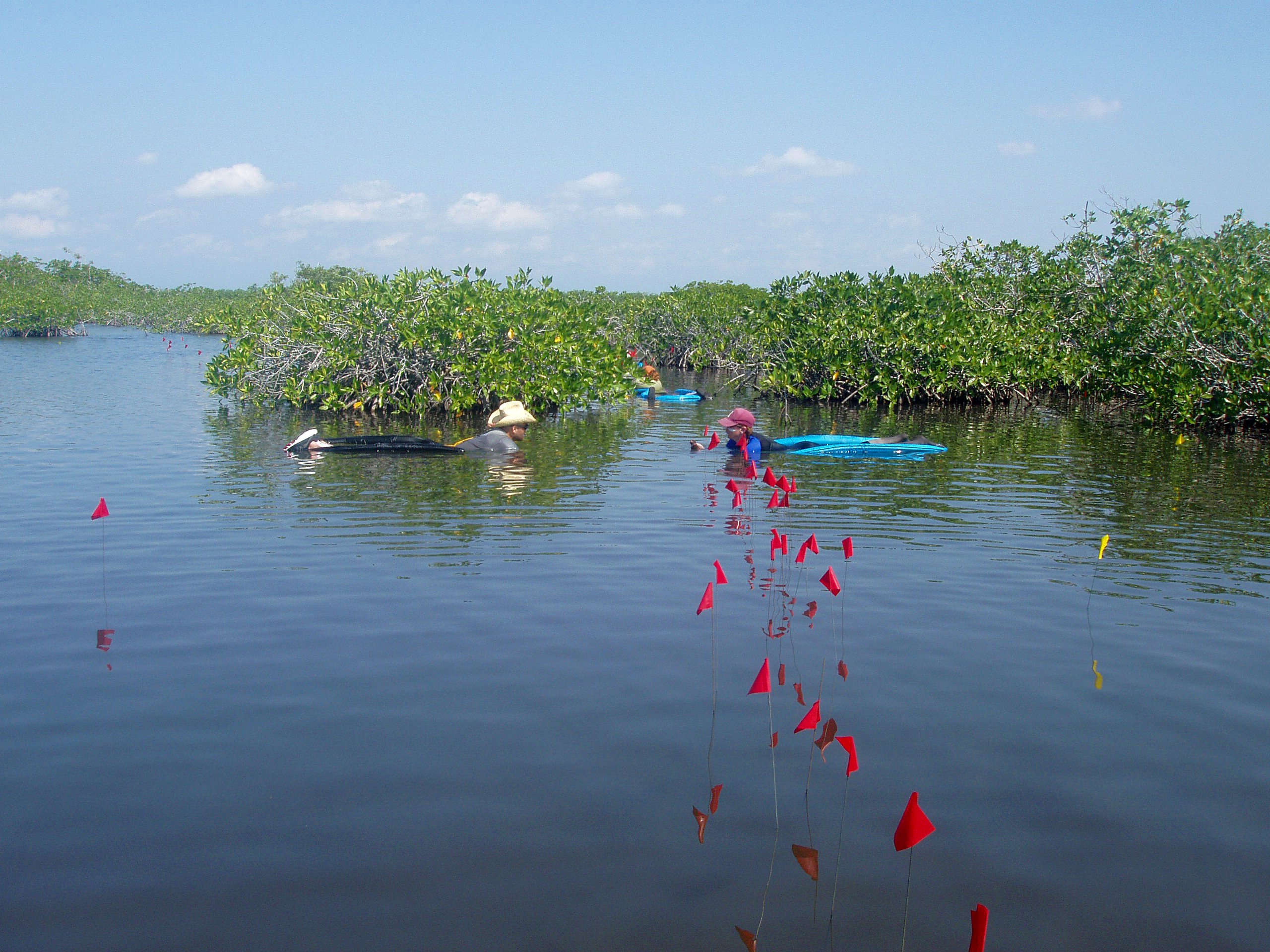
Even so, she works hard to embody a lifestyle that her students—particularly her female students—can look up to.
“I hope I can show by example that if I can do it, they can do it,” she says. “When I first went to Peru with a couple of my professors, I could see that they were married and had kids, and yet they were also archeologists who did field work. It’s possible.”
In the meantime, McKillop anticipates the constant study of her newfound artifacts, and plans to return next spring to the site where she discovered the jadeite tool.
“This is all part of why I love taking students to Belize, or teaching them in my classes,” says McKillop. “I hope to show them what they could be, and that there are still whole new elements to be found in the ancient world.”
To see some of McKillop’s 3D scans of her Belize artifacts, visit viewshape.com/profile/heather-mckillop.






